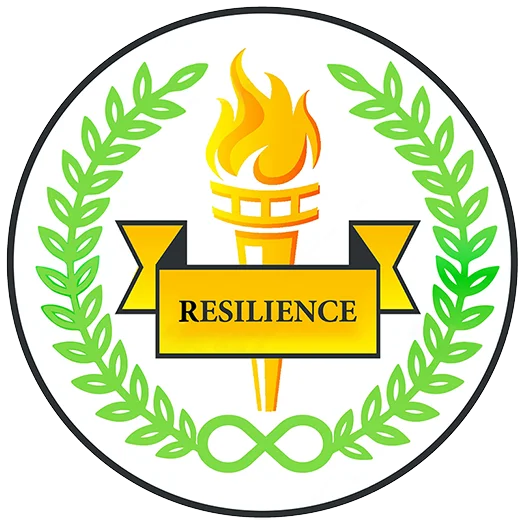Being Present, or staying in the moment does a lot to limit a person’s anger, sadness, worrying about the past, or dreading the future. If we can teach K-12 students how to remain in the moment, they will better understanding that the present is the only time that matters.
There are a couple of ways to practice this method of thinking. One of them is actually focusing on only what is going on in that exact moment. If you’re in a classroom and you start clicking your pen, it is good practice to focus on each individual click that you are making. Obviously this isn’t possible to do for every second of the day, but it does help keep a person mindful of what is currently happening, and eventually it becomes similar to second nature.
It is also important to acknowledge and accept whatever emotion you are feeling or thought in your head as simply that; an emotion and thought. For example, anger does not last forever, yet many people focus on what has made them angry in the past. If we can teach kids to acknowledge their feelings for what they are, temporary states of mind and not lasting pain, the anger will not affect them as powerfully, and they can work to address it better. This also applies to thoughts. If we spend time observing our thoughts, this also puts us more in the present instead of the past or future.
Even though it sounds weird, viewing your mind as a “tool” rather than “yourself” can help you better analyze their emotions and thoughts. We identify with our mind and see it more as who we are than what it actually is, a tool that we use to improve our lives. For example, if we have a bad thought about someone, many of us feel guilty about it or think we are bad people for having such a thought. But our minds sometimes conjure up things that we would never do in reality. Therefore, it is important that we separate who we actually are from our mind.
This method has shown to be effective in those who practice it every day. People who are successful at this have shown an improvement in their temper, ability to accept the bad things that happen to them, and are able to increase their overall mental toughness. If we can teach this at a younger age, children can grow up being able to handle emotional pain better than those that don’t.
